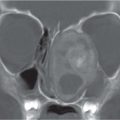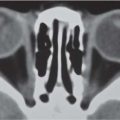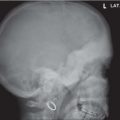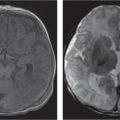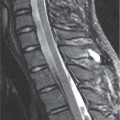The Pediatric Vertebral Column: The Spinal Canal and Its Contents
Localized Spinal Stenosis Caused by Bony Changes
See page 442 for generalized stenosis. Standard investigation includes radiographs in at least two projections and additional work-up with CT. MRI is the method of choice for evaluating the contents of the canal (as well as the medullary portions of bony elements).
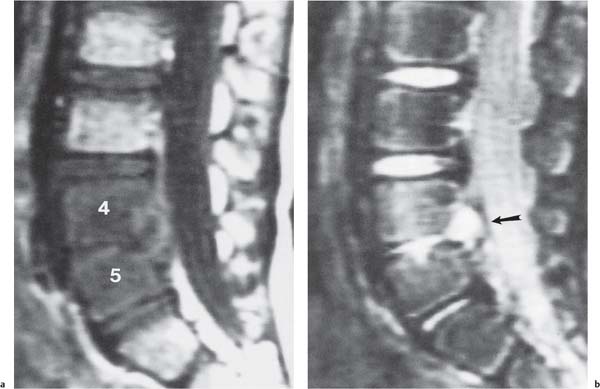
Masses Within the Spinal Canal
The cervical and lumbosacral canal are normally relatively wide; according to Petersson and Harwood-Nash, the dural sac is significantly wider in approximately 4% of myelograms in children. CT and especially MRI are the diagnostic modalities of choice for those cases that require further diagnostic work-up, whether an intraspinal mass is suspected or if neurologic symptoms occur without bony changes on conventional radiography.
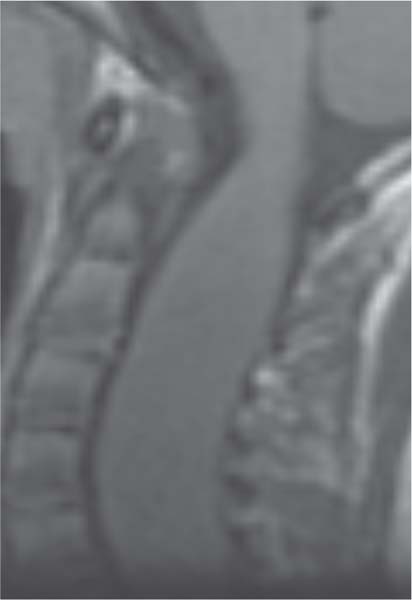
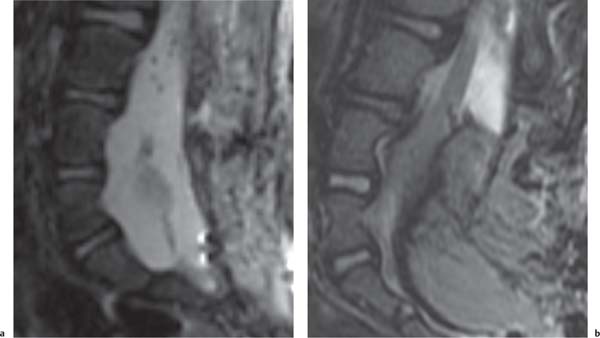
Anomalies of the Spinal Cord With or Without Bony Abnormality
Decreased motion, usually associated with cord tethering, can be determined with US in infants. It is best seen in the first few months of life. Thereafter, MRI shows cord location in sagittal and cranial caudal directions. The conus medullaris does not normally terminate below L3 at any age. Spinal cord tumors are best shown on MRI.
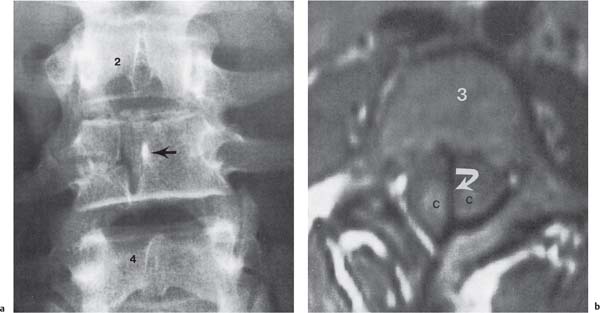
Changes in the Disk Spaces
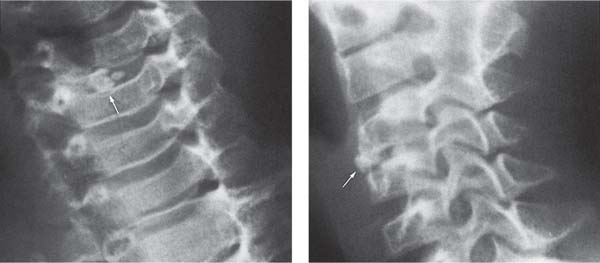
Stay updated, free articles. Join our Telegram channel

Full access? Get Clinical Tree


